10 Most Advanced Humanoid Robots
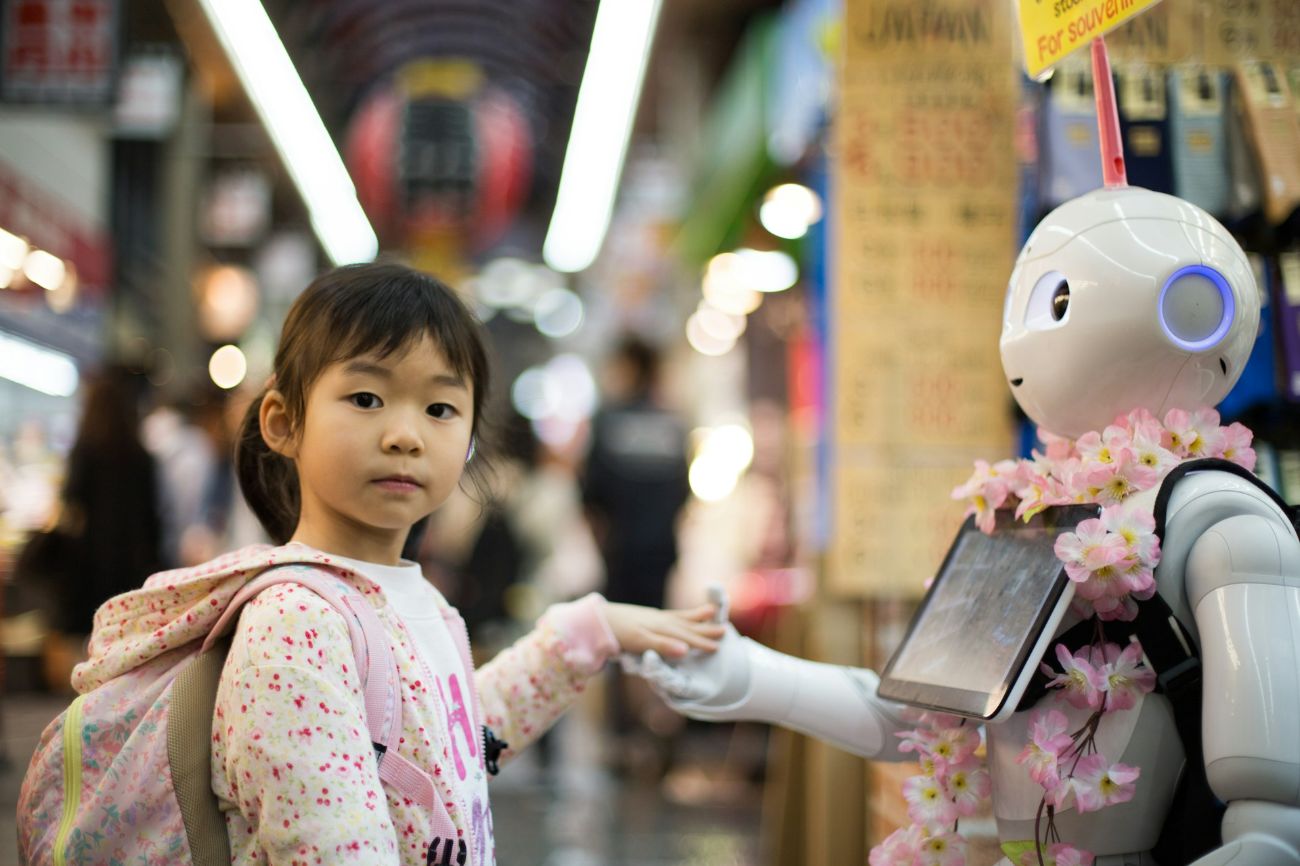
Technology has made humanoid robots look more real, enhancing their movements and responses. Humanoid robots are meant to walk, speak, and even think. Some are meant for research, while others are applied in healthcare and customer service. With improving technology, humanoid robots are becoming smarter and more useful in everyday life. Let us look at some of the most advanced humanoid robots in the world in more detail.
Most Advanced Humanoid Robots
1. Optimus (Tesla)
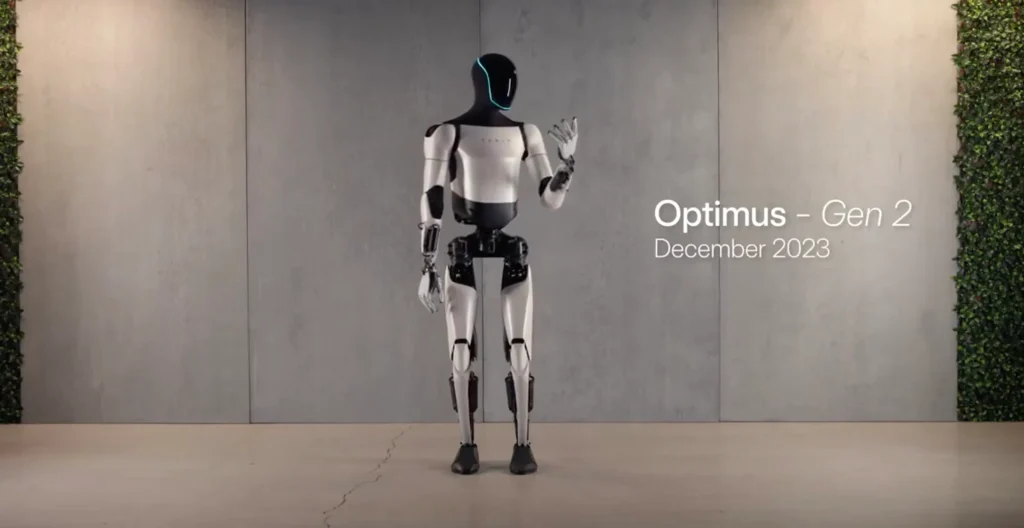
Optimus is Tesla’s robot that will help with factory work and other repetitive tasks. Its artificial intelligence enables it to learn and adapt to various work environments over time.
Designed to handle tasks that are too boring or dangerous for humans, it helps create a more efficient and safe workplace. Tesla has a vision for a future where robots like Optimus do everyday tasks and allow human beings to do more creative and complex work.
2. Atlas (Boston Dynamics)
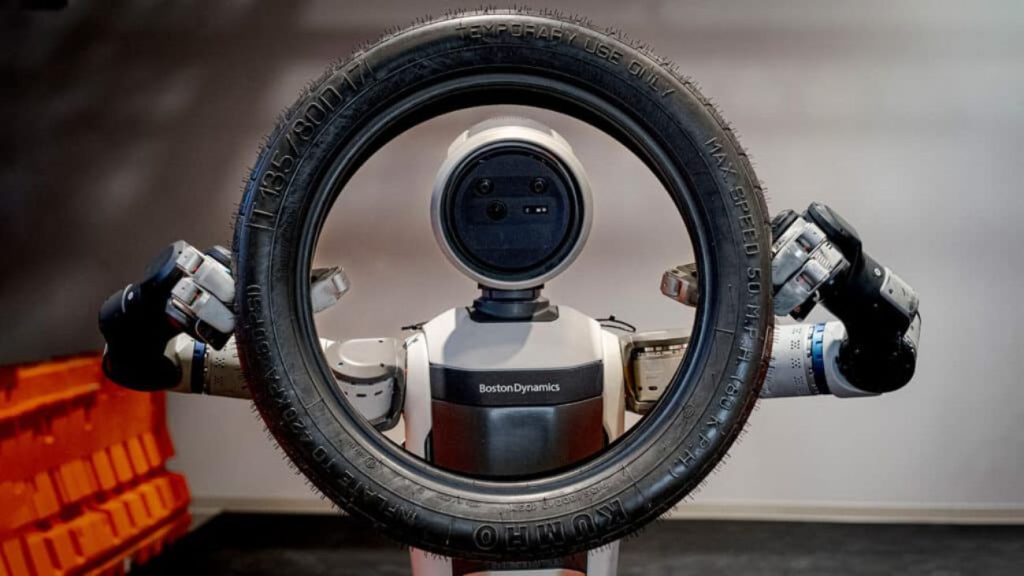
Atlas, created by Boston Dynamics, is the most versatile humanoid robot ever created. It is capable of running, jumping, and even performing acrobatics with remarkable balance and control.
Researchers regularly test Atlas in harsh climates to improve its performance, making it a key part of cutting-edge robotics studies. It also plays a vital role in search-and-rescue operations, using its adaptability and flexibility to navigate challenging surfaces.
3. Ameca (Engineered Arts)

Ameca, created by Engineered Arts, is the most emotive humanoid robot in the world. It is constructed with extremely realistic facial expressions, thus capable of interacting naturally with humans. Through the use of AI, Ameca can interpret emotions and respond with natural movement and dialogue.
It is usually used in research, entertainment, and customer service, where human-like interaction needs to be extremely realistic. As a result, being capable of mimicking human expressions, Ameca brings humans one step closer.
4. Sophia (Hanson Robotics)
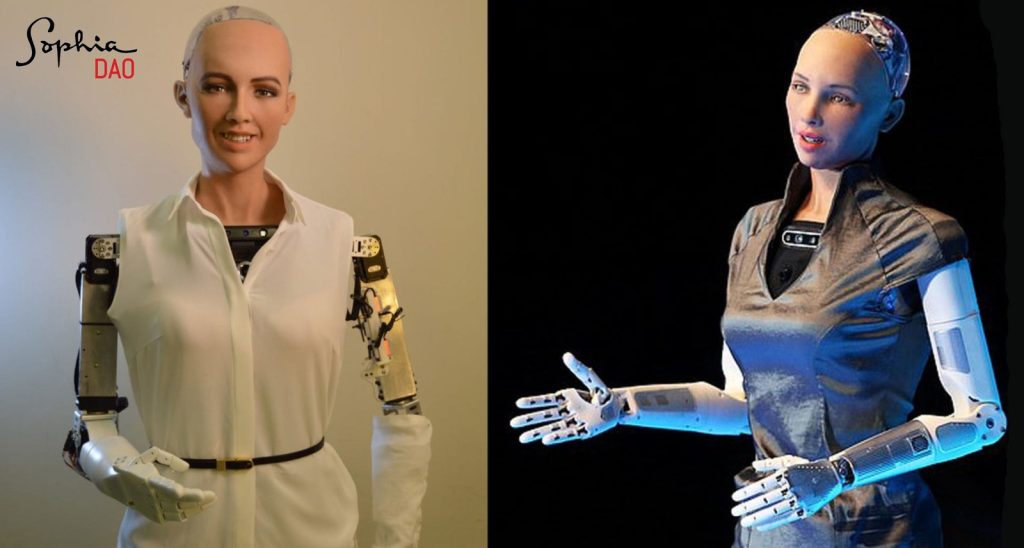
Sophia, a Hanson Robotics humanoid robot, is among the world’s most advanced social robots. It can identify emotions and respond with natural expressions, making it a leading social robot.
Furthermore, Sophia has been on television programs, cracked jokes, and even engaged in a debate, leaving everyone amazed at her capability to engage in intelligent conversations.
Used in conferences, media interviews, and human-robot interaction research, Sophia continues to revolutionize the history of AI-powered communication.
5. Unitree G1 (Unitree Robotics)
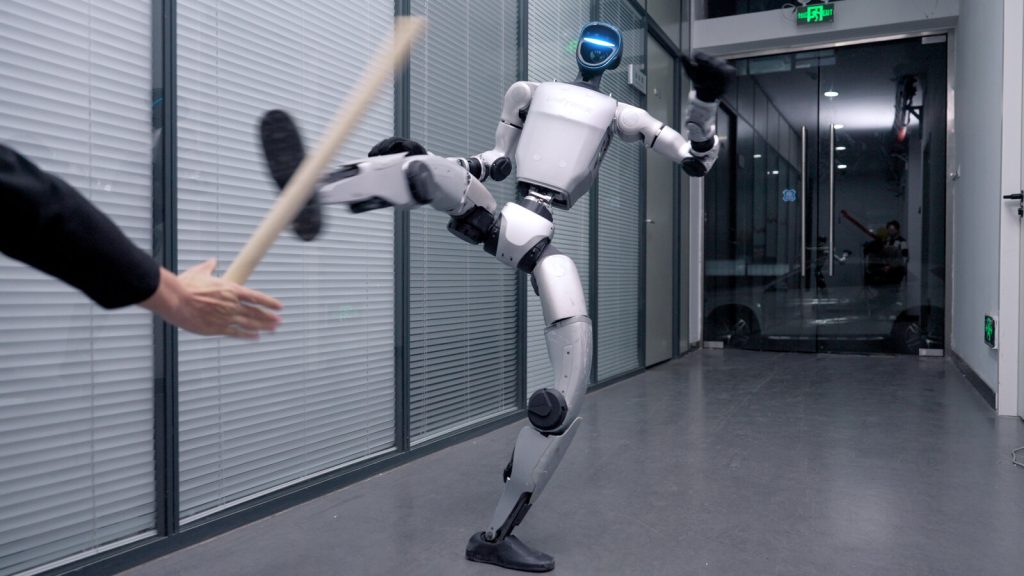
Developed by Unitree Robotics, Unitree G1 is a humanoid robot with fantastic speed, balance, and efficiency. G1 can walk, run, and move on uneven terrain, making it ideal for harsh environments.
It is also fitted with high-end sensors, strong joint motors, and a lightweight structure, which allows it to move smoothly and support tasks.
With great mobility and precise control, Unitree G1 is a step ahead in making robots application-ready in industries, research, and even future real-world applications.
6. Walker S1 (UBTECH)
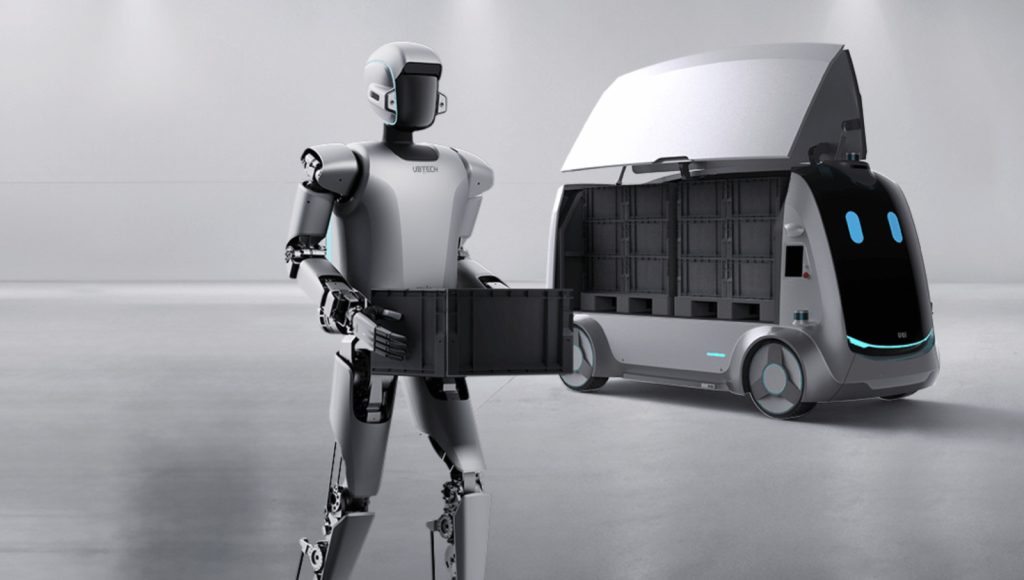
UBTECH’s Walker S1 is a high-end humanoid robot for home care and smart home integration. It is unique in that it can do housework such as picking up objects, opening doors, and even controlling smart home devices.
Walker S1 differs from other humanoid robots because it can operate in common home environments, making it an effective caregiver for users. Advanced AI and robotic arms facilitate daily task assistance and home automation.
7. Yuanzheng A2 (Agibot)
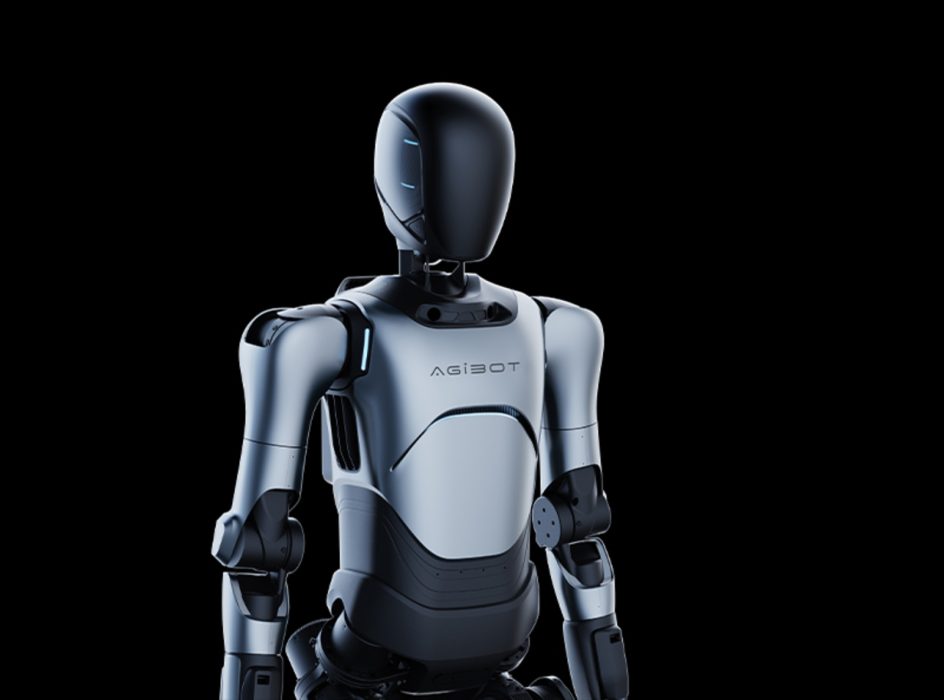
AgiBot created Yuanzheng A2 as a humanoid robot for industrial automation and precision operations. Factories and labs use it to manufacture products, check quality, and perform repetitive tasks with high precision.
Moreover, its AI vision system is among the most salient characteristics, which enables it to identify objects, check details, and perform tasks with high precision.
8. Apollo (Apptronik)
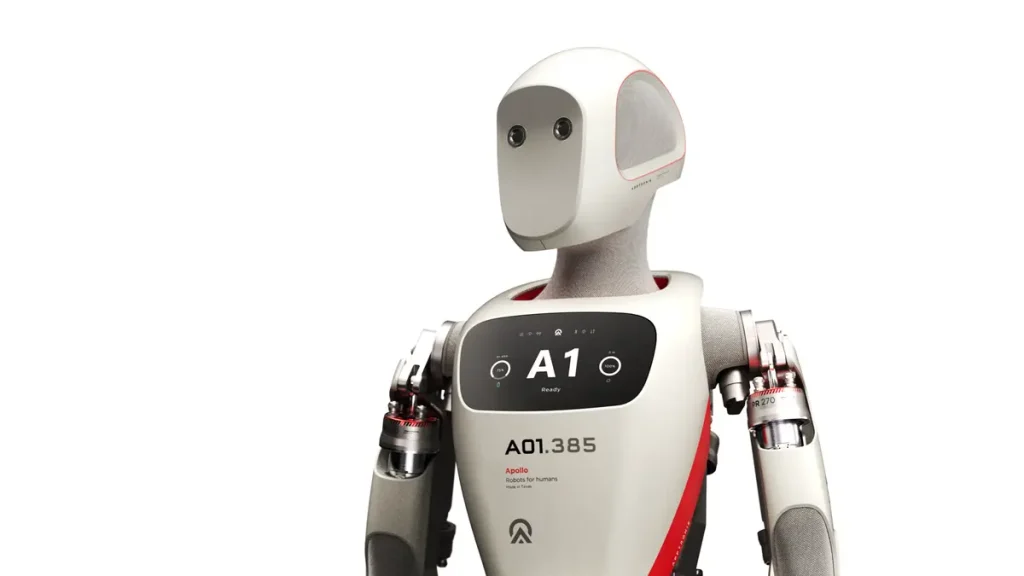
Apollo is a humanoid robot, created by Apptronik, for industrial and logistics work. Its robust yet lightweight build enables it to lift and transport heavy loads effectively, making it useful in factories and warehouses.
Apollo also features advanced sensors, enabling it to move through crowded workplaces without risking causing accidents or getting in the way.
9. Digit (Agility Robotics)
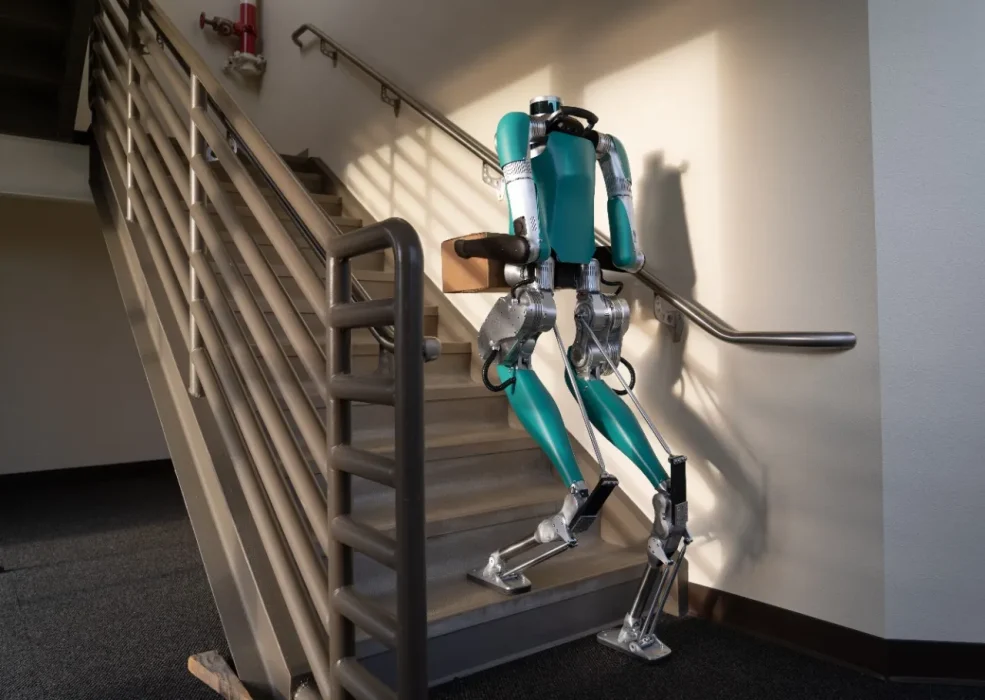
Digit, developed by Agility Robotics, is a humanoid robot that walks on two legs and is used for package delivery and warehouse assistance. It has been designed to move in complicated environments, and therefore, it is beneficial where wheeled robots have difficulty moving.
Moreover, its ability to walk, balance, and respond to changing ground surfaces makes it a high-performance mobility device for densely populated workplaces. As a result, several companies are currently testing its use in autonomous delivery services, where it could eventually become a central element of logistics and package delivery.
10. ROBONAUT 2 (NASA and General Motors)
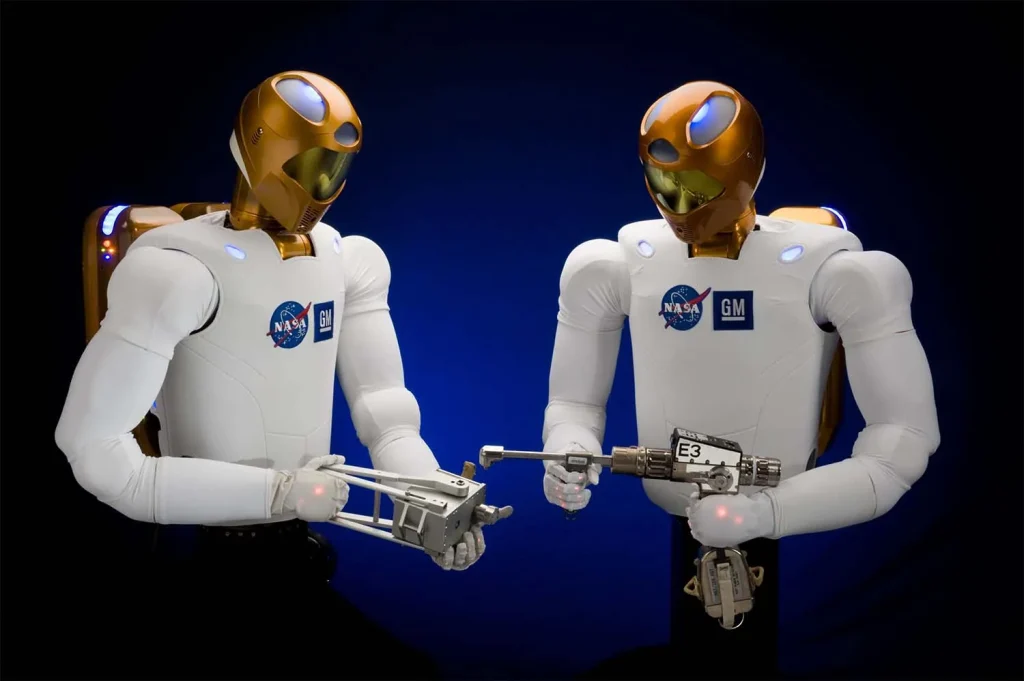
Robonaut 2, a NASA and General Motors humanoid robot, is designed to help astronauts on space missions. Its dexterous hands allow it to perform tasks using tools just like humans, making it very valuable in space maintenance activities.
In addition, Robonaut 2 helps crew members with maintenance work on the International Space Station, reducing their workload and making the environment safer.
Conclusion
Humanoid robots have progressed a lot, but still need to learn many things. Even though they already contribute to many fields, researchers have yet to discover their ultimate potential. Furthermore, as scientists and engineers keep improving their designs and intelligence, these robots will advance even more, making daily life and work much easier.






